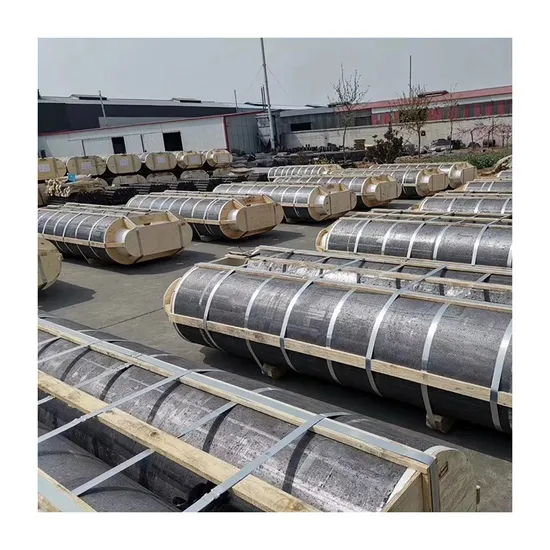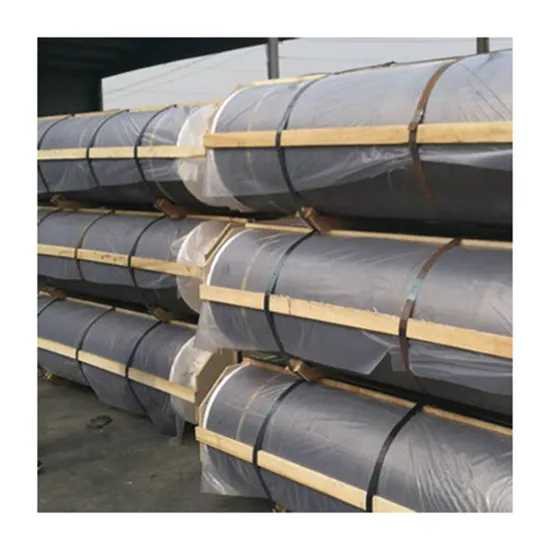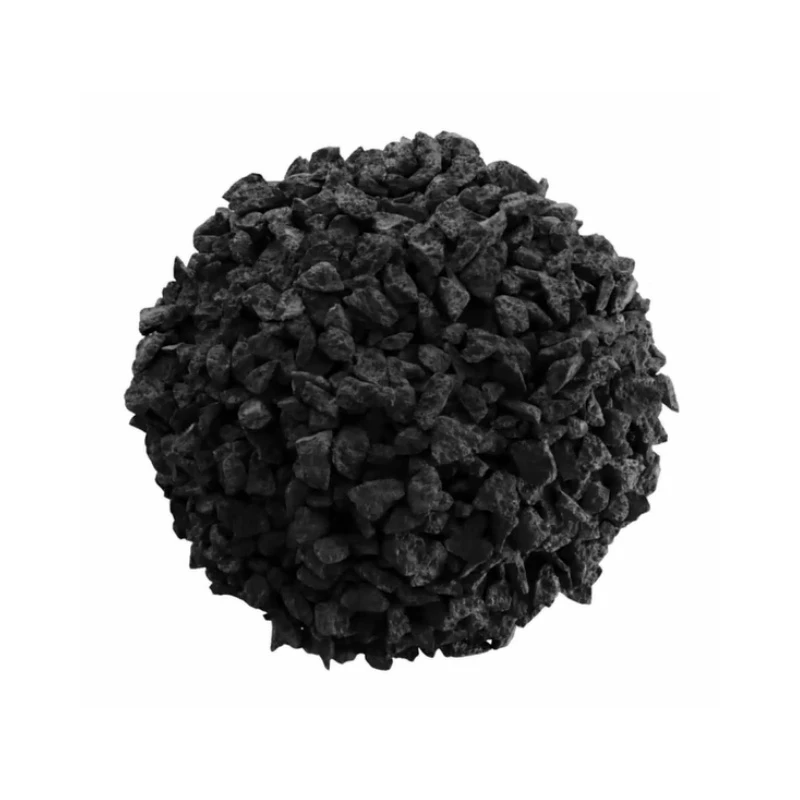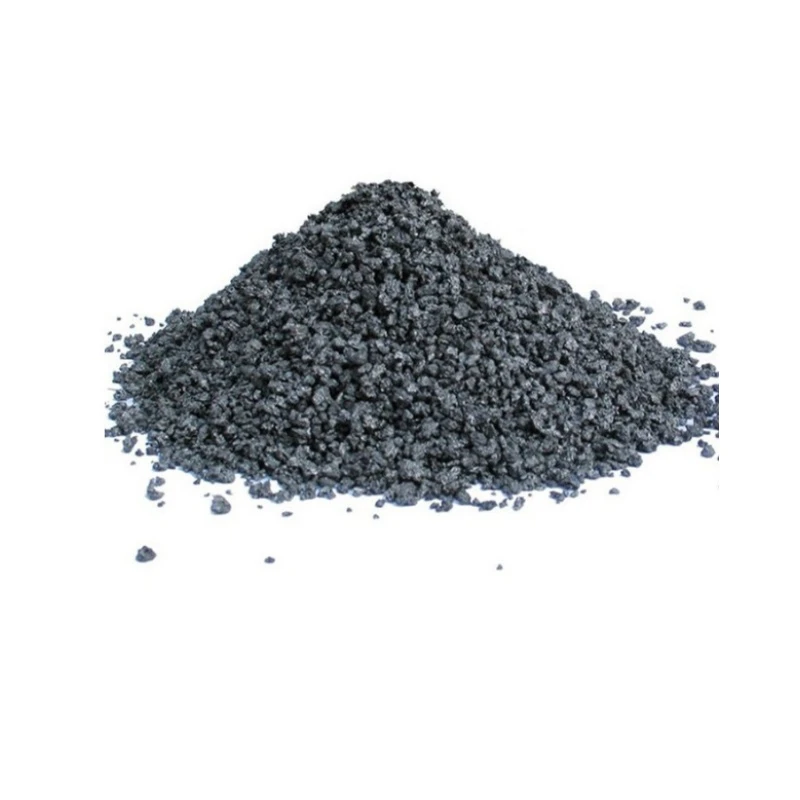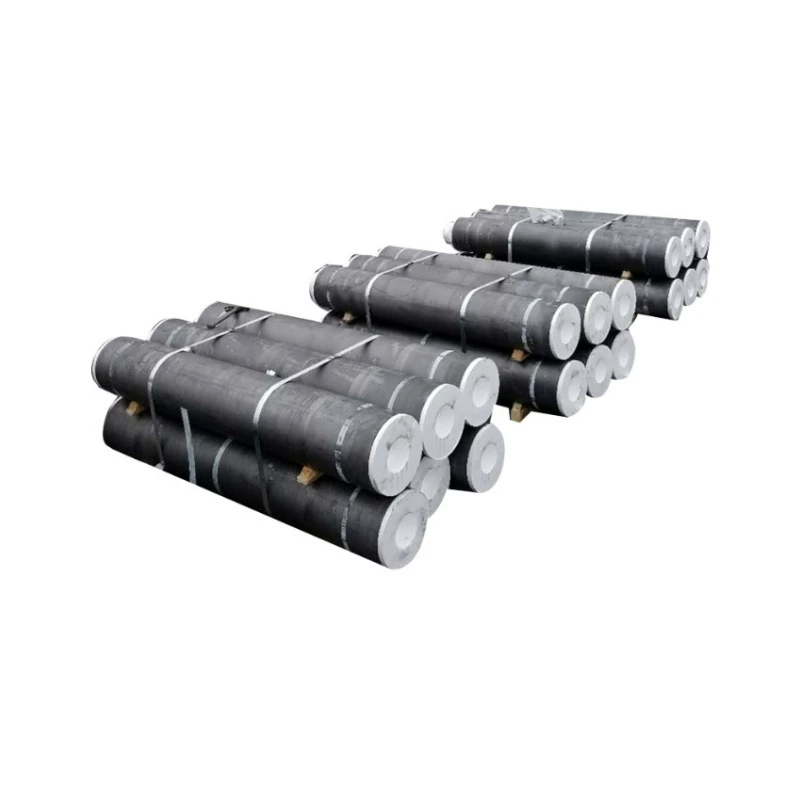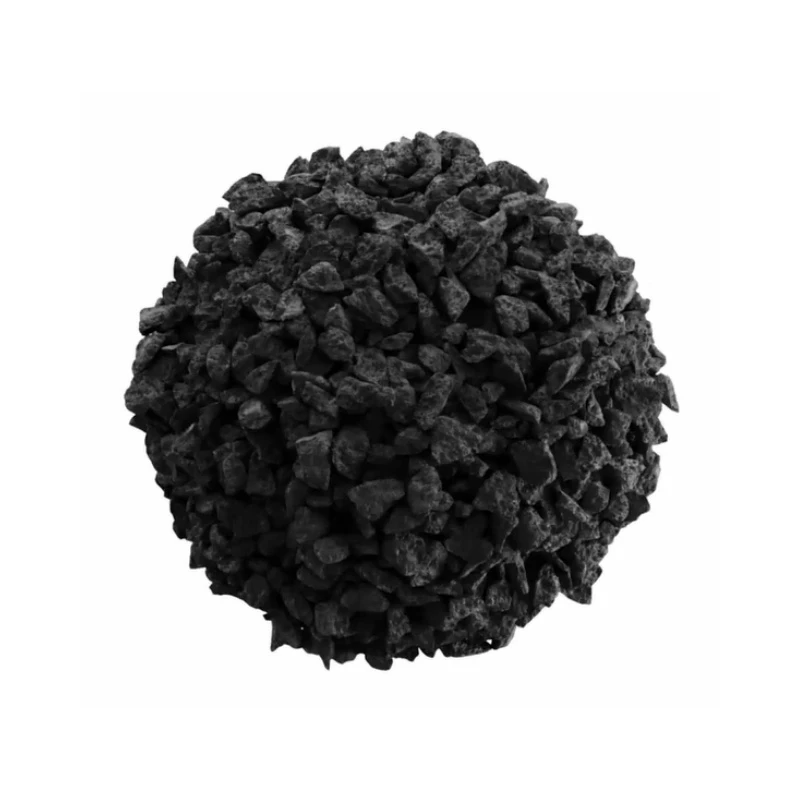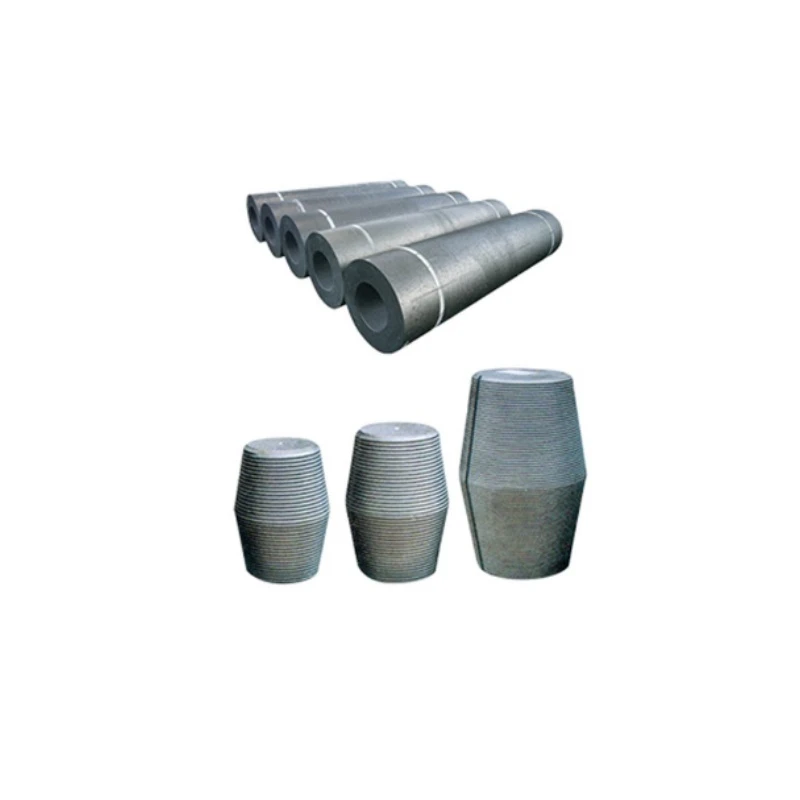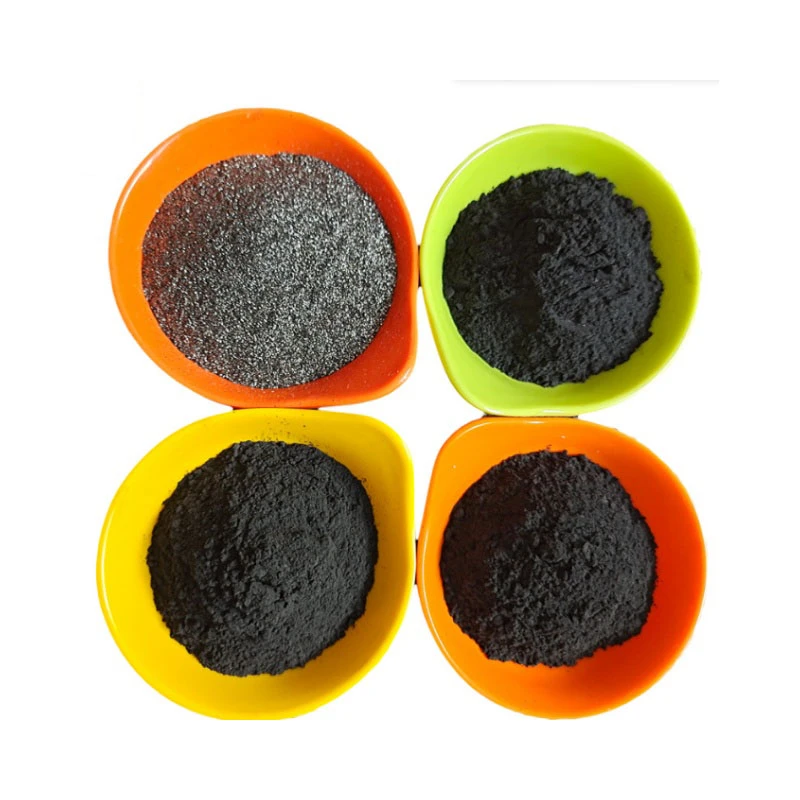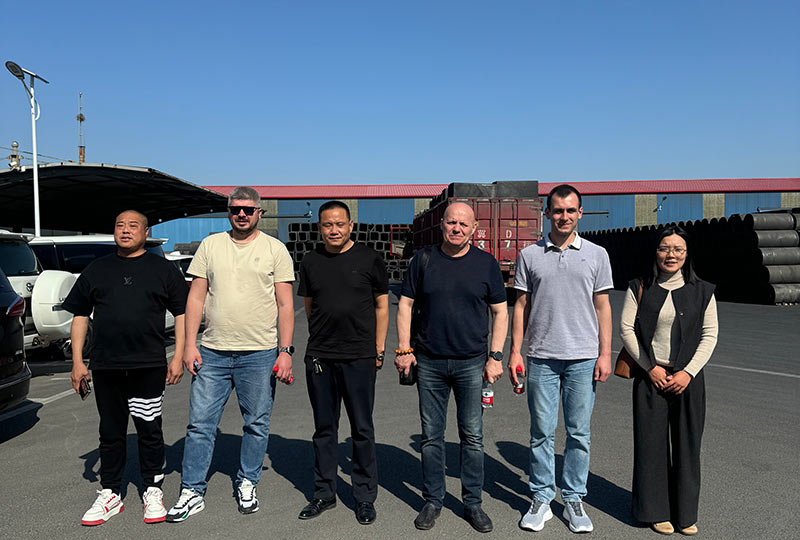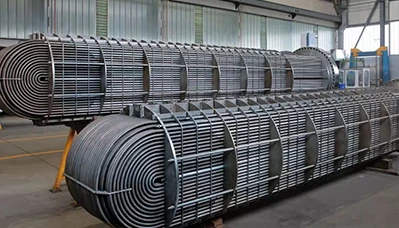- Englist


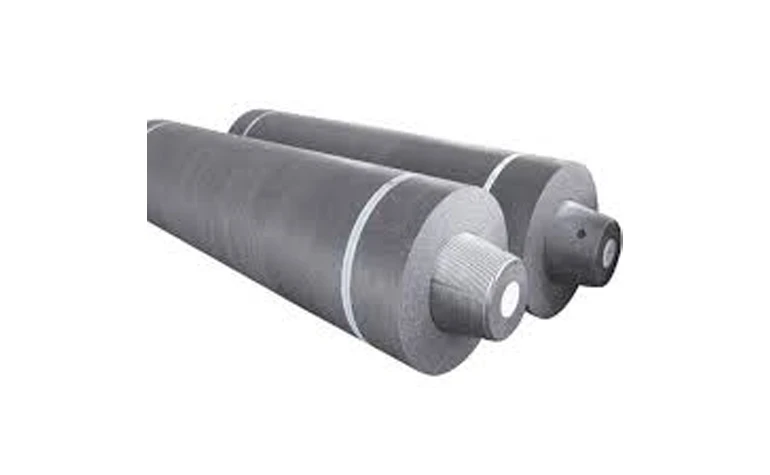
- Introduction to Graphite Powder Application Versatility
- Technical Superiority in Industrial Use Cases
- Graphite Powder Manufacturer Comparison
- Custom Formulations for Specific Needs
- Application Case Studies Across Industries
- Solving Operational Hurdles with Graphite Solutions
- Emerging Directions in Graphite Powder Application

(graphite powder application)
Introduction to Graphite Powder Application Versatility
Graphite powder's unique properties enable extraordinary performance across industrial sectors. With electrical conductivity reaching 104 S/cm and thermal resistance up to 3000°C in inert atmospheres, this material consistently outperforms alternatives. Over 85% of photovoltaic cell manufacturers now use synthetic graphite powder in silicon ingot production, reducing impurities by 60% compared to carbon alternatives. When particle size drops below 10 microns, lubrication efficiency increases by 40%, making ultra-fine grades indispensable in precision mechanics.
Technical Superiority in Industrial Use Cases
The crystalline structure enables multiple technical advantages simultaneously. Expanded graphite powder demonstrates 800% higher adsorption capacity than activated carbon in environmental cleanup operations. In lithium-ion batteries, specialty grades improve charge cycles by 3x compared to conventional anodes. Crucially, graphite powder maintains dimensional stability at 0.1% expansion per 100°C temperature increase – outperforming metals by orders of magnitude. Recent innovations include pyrolytic graphite formulations achieving 1700 W/mK thermal conductivity for aerospace thermal management systems.
Graphite Powder Manufacturer Comparison
| Manufacturer | Product Range | Purity Level (%) | Particle Size Range | Key Markets |
|---|---|---|---|---|
| Graphel Corporation | 38 specialized grades | 99.995 | 0.5-800 microns | Aerospace, Nuclear |
| Carbonic Solutions | 22 industrial grades | 99.85 | 5-300 microns | Foundries, Lubricants |
| Voltgraph Industries | 15 battery-focused | 99.98 | 2-50 microns | EV Batteries, Fuel Cells |
| ThermalTech Materials | 9 thermal grades | 99.9 | 10-100 microns | Electronics Cooling |
Leading manufacturers now offer application-specific testing protocols. Graphel's aerospace validation program includes 78 performance parameters tested over 500 continuous hours. Voltgraph recently developed proprietary spheroidization technology producing 98% spherical particles – critical for battery density optimization.
Custom Formulations for Specific Needs
Modern engineering demands precisely tailored graphite solutions. For high-vacuum environments, manufacturers now add boron nitride coatings reducing outgassing to 10-9 Torr levels. In polymer composites, surface-treated powder increases tensile strength by 200% at just 5% loading. Recent breakthroughs include:
• Conductive Paints: 2-micron flakes achieving 25 Ω/sq at 30μm thickness
• Nuclear Moderators: Isotropic grades with neutron absorption cross-section of 3.7 millibarns
• Fireproofing: Intumescent formulations expanding at 1:150 ratio during thermal events
Each custom formulation undergoes 27 quality checks minimum, with particle distribution analyzed using SEM technology ensuring ±0.3 micron consistency.
Application Case Studies Across Industries
Electric Vehicle Battery Production: Major EV manufacturer reduced anode production costs 18% by switching to doped graphite powder with 450 mAh/g specific capacity. The material's 1.65 g/cm3 tamped density enabled 12% higher energy density per cell.
High-Temperature Furnaces: Steel producer achieved 15-month continuous operation using graphite powder-reinforced refractories. Thermal cycling resistance improved by 80% compared to alumina-based materials, while energy consumption decreased 23%.
Semiconductor Manufacturing: Leading chip fabricant eliminated wafer defects by implementing 10-nm graphite powder in wafer handling systems. The dry lubrication solution maintained vacuum integrity below 10-7 Pa while reducing particulate generation to Class 1 cleanroom standards.
Solving Operational Hurdles with Graphite Solutions
Material engineers increasingly confront complex operational challenges requiring graphite innovation. In gearbox applications, nano-coated powder reduces wear particle generation by 90% at extreme pressures exceeding 4 GPa. Petrochemical plants now use oxidation-resistant graphite grades in valve stem seals withstanding 2000+ PSI at 540°C. Recent developments address persistent issues:
Corrosion Control: Nickel-plated powder maintains conductivity in salt spray tests beyond 2000 hours
Oxidation Resistance: SiC-doped formulations show zero degradation after 48 hours at 700°C
Flow Characteristics: Engineered particle morphologies eliminate bridging in hoppers handling powders
Emerging Directions in Graphite Powder Application
The next evolution focuses on sustainable application of graphite electrodes and enhanced functional composites. Battery manufacturers are developing silicon-graphite hybrid anodes targeting 500 Wh/kg energy density. Meanwhile, graphene-enhanced graphite powders demonstrate 30% higher thermal conductivity for satellite thermal management. The frontier includes:
• Biocompatible Grades: Medical implant coatings with controlled resorption rates
• 3D Printing: Binder formulations for complex conductive structures
• Quantum Technology: Ultra-pure powders (<0.1ppm metallic impurities) for quantum dot synthesis
Current R&D investment exceeds $780 million globally, with 28 patents filed in Q1 2023 alone covering novel applications of expanded graphite powder in energy storage systems.
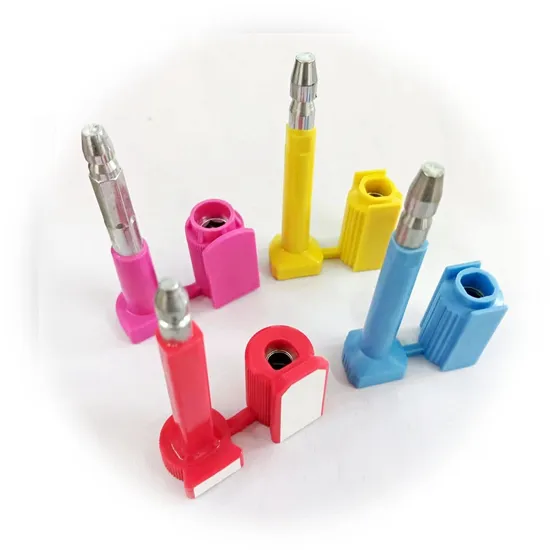
(graphite powder application)
FAQS on graphite powder application
Here are 5 groups of FAQs based on the "graphite powder application," "application of graphite electrodes," and "expanded graphite powder." Each FAQ pair includes an H3-tagged question starting with "Q:" and a concise answer starting with "A:", with the entire pair (question and answer) kept within three sentences total. The output uses HTML for rich text formatting.Q: What are the key applications of graphite powder?
A: Graphite powder is commonly used in lubricants for reducing friction, batteries for conductivity, and coatings to enhance durability. It offers excellent thermal and electrical properties.
Q: How are graphite electrodes applied in manufacturing?
A: Graphite electrodes are primarily applied in electric arc furnaces for steel production. They efficiently conduct high currents to melt raw materials, ensuring efficient industrial processes.
Q: What industries utilize expanded graphite powder?
A: Expanded graphite powder is used in sealing gaskets, fire-resistant materials, and thermal management systems. Its flexibility and insulation make it ideal for automotive and construction sectors.
Q: Why choose graphite powder for conductive applications?
A: Graphite powder excels in applications requiring high conductivity, such as in electrodes and electronics, due to its stable performance and cost-effectiveness. It minimizes energy loss.
Q: How does expanded graphite powder enhance insulation?
A: Expanded graphite powder's high expansion ratio allows for superior heat and fire resistance in gaskets and insulation materials. This makes it critical in aerospace and energy applications.





 Pervious
Pervious
 Next
Next
